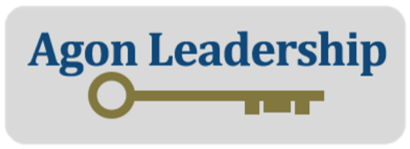Leveraging Individual Strengths for Team Success

Win/Win/Win situations are the reality in healthy workplaces. Individuals, teams, and the organization are all successful. Individuals are engaged and morale is high. Trust within the team is strong and team goals are achieved. The organization is serving its mission and reaching its targets.
However, such success isn’t magic. It requires clarity and collaboration on everyone’s part. The organization needs to set growth-oriented yet realistic goals and allocate adequate resources. Each team requires clear goals that support the organization’s success and appropriate resources. Then, team leaders have the task of determining how to engage their people and apply their resources to achieve the expected results. Also, individual employees have the responsibility to fulfill their role. To achieve individual, team, and organizational success, good communication and strong collaboration are essential at all levels.
First, let’s look at the benefits of leveraging employee strengths to achieve team and organizational goals. Recent global research by Gallup found that when employees are regularly using their strengths at work, the organization experiences:
- an increase in engaged employees by 9%-15%
- a decrease in turnover by 6% to 16% in low-turnover organizations and 26% to 72% in high-turnover organizations
- an increase in profit by 14% to 29%
Second, let’s look at the challenges of leveraging employee strengths:
- Some employees may not be particularly strong in the skills required to complete the work of their current team or the organization as a whole. Or, their strengths may only add value a few hours per day or week.
- The organization or team leader may not be interested in knowing and considering the strengths of each employee.
- Most jobs include essential tasks that everyone must do, regardless of their strengths or interests. Seldom is it practical for employees to be using their strengths every hour of the day.
- When an employee’s strengths don’t contribute to achieving their employer’s long-term results or current priorities, it is necessary for them to complete whatever tasks are assigned to them.
- If the employee’s strengths and preferences don’t match the needs of their current team, they are likely in a wrong-fit position. It’s time to explore if there are right-fit opportunities elsewhere within the organization. If not, then leveraging their strengths likely requires a job search to find a better-fit position.
Third, when the team leader wishes to leverage the strengths and preferences within his team, effectively redistributing the work requires a focus on achieving team results as well as buy-in from all team members. During a collaborative team meeting, discuss the team’s tasks, understand each member’s strengths and preferences, and match strengths to tasks as much as possible. This usually results in everyone’s strengths being better utilized, increased morale, greater job satisfaction.
Leveraging individual strengths for team success is both desirable and achievable. How strong is your organization in this area? What step could you take this week towards leveraging workplace strengths?


